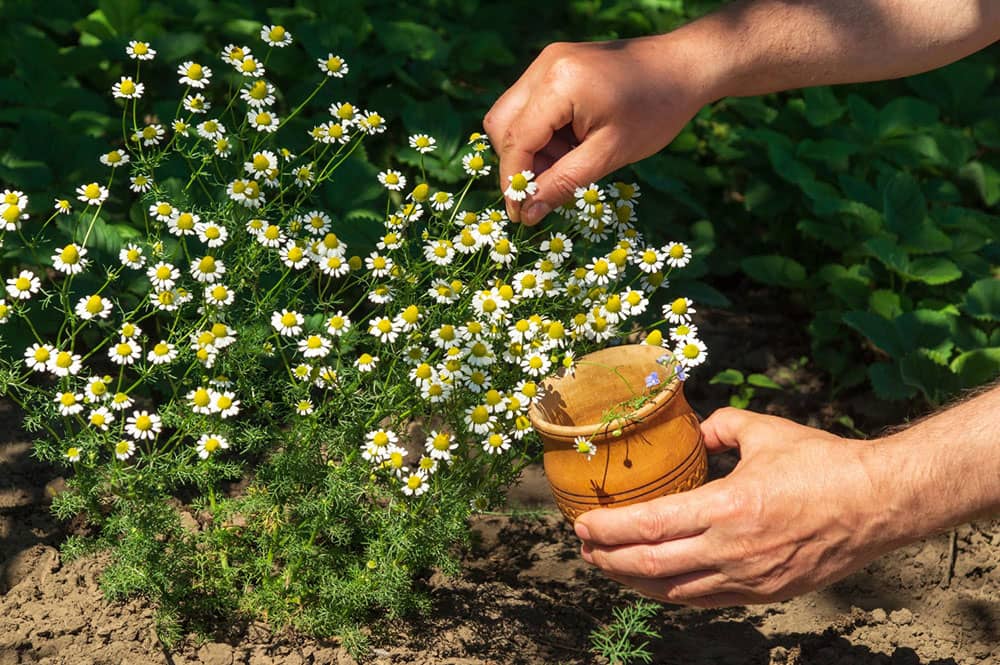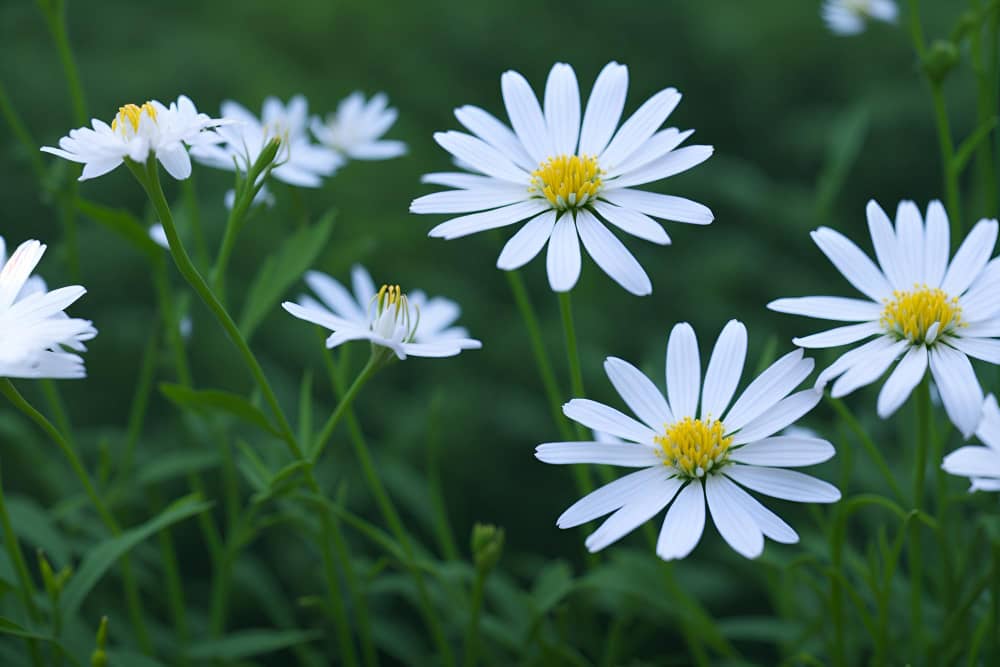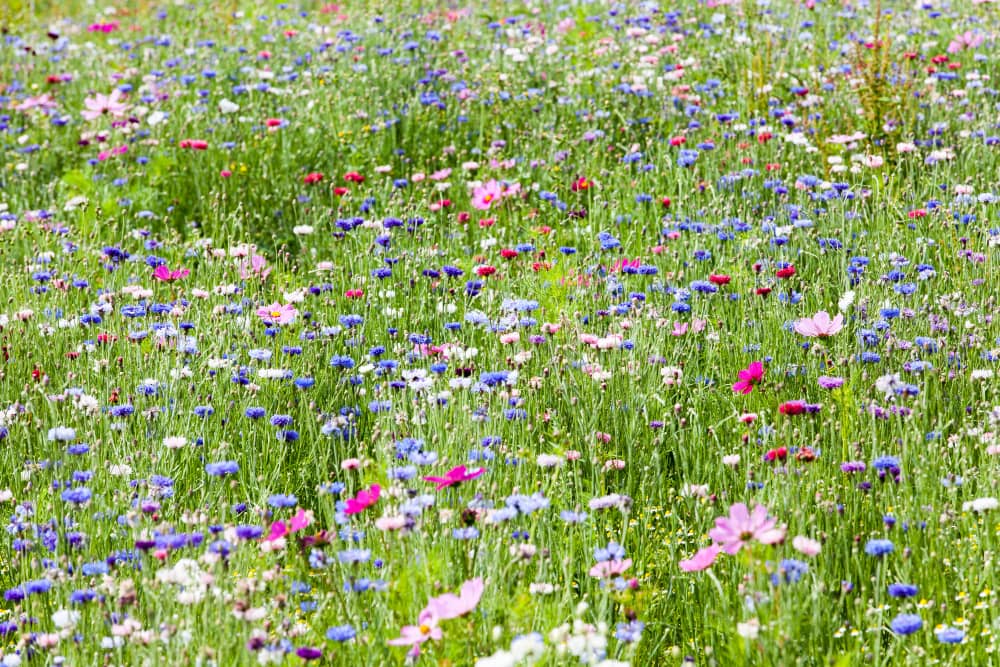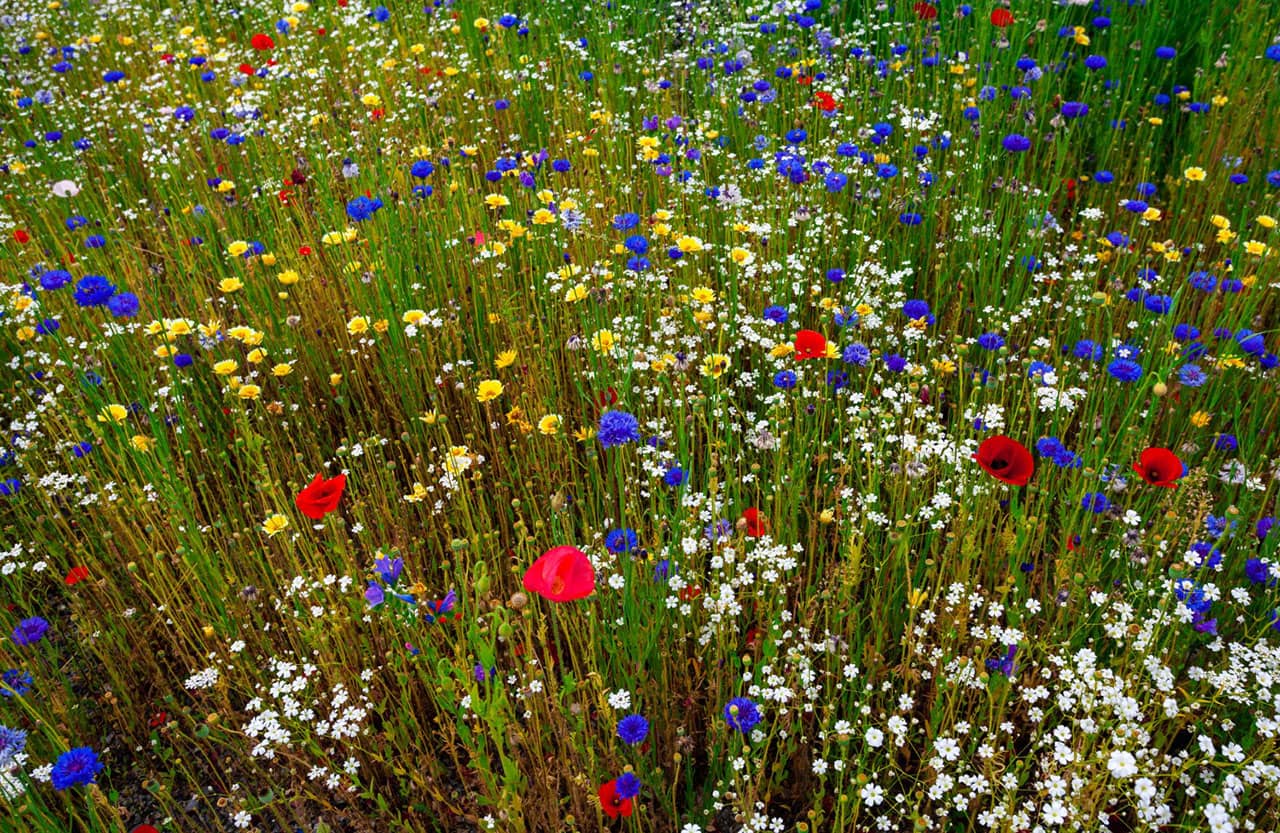From the rugged mountain ranges of Rila and Pirin to the picturesque meadows of the Danube Plain, the native wildflowers of Bulgaria offer a captivating sight for nature enthusiasts and botanists alike. In this article, we will explore some of the most notable native wildflowers in Bulgaria, delving into their unique characteristics, ecological significance, and cultural importance.
Bulgaria is a country boasting incredibly diverse and breathtaking natural landscapes. Bulgaria is home to various flora and fauna from the Black Sea to the Rhodope Mountains. Among the most stunning and diverse of its floral population are wildflowers. These native wildflowers offer vibrant colors, fragrances, and textures to its natural landscapes while providing numerous benefits to its environment and economy.
Wildflowers are integral parts of Bulgaria’s ecosystems. They serve as vital components of the country’s biodiversity, providing sustenance to its resident species of birds, bees, and other wildlife. Wildflowers also offer Bulgaria’s countless parks, meadows, and forests a unique aesthetic. With so many varieties of wildflowers, it can be challenging to determine which are native to Bulgaria.
The most common native wildflowers in Bulgaria include Poppy, Common Daisy, Daisy Anemone, Grape Hyacinth, Harebell, Meadow Buttercup, Red Campion, Primrose, Great Burnet, and Wild Yellow Iris. These wildflowers bring unique beauty to the country’s natural landscapes while providing numerous economic, environmental, and social benefits.
Let’s take an overview of wildflowers in Bulgaria, an in-depth look at the top 10 native wildflowers, and discuss the cultivation and benefits of wildflowers. We’ll also discuss the best practices for cultivating wildflowers and potential challenges to consider. Lastly, we’ll summarize the benefits of wildflowers and suggest ways to learn more about these unique plants.

Top 10 Native Wildflowers of Bulgaria
Bulgaria is home to a wide variety of native wildflowers, many renowned for their beauty and fragility. Here, we’ll look at 10 of the most common wildflowers that can be found growing throughout the country.
Poppy: The bright red poppy is one of Bulgaria’s most commonly found wildflowers. It’s a flowering plant that belongs to the Papaveraceae family and is often used as a symbol of remembrance and courage.
Common Daisy: Native to Bulgaria, the common daisy is a vibrant, white-petaled flower that can be found growing throughout the country. It’s a beautiful addition to any garden and is often used as a remedy for various ailments.
Daisy Anemone: This delicate flower is typically found in open meadows and grasslands throughout Bulgaria. It’s a perennial wildflower that has a yellow center surrounded by white petals, and its stems are often used in floral arrangements.
Grape Hyacinth: Grape hyacinth is a bulbous, bell-shaped flower native to Bulgaria. It’s a unique flower with striking blue-purple petals that attract pollinating birds and insects.
Harebell: A perennial wildflower, the harebell has a unique bell-shaped flower and graceful foliage. It’s a popular wildflower in Bulgaria as it can survive in various conditions, from rocky terrain to open meadows.
Meadow Buttercup: This vibrant yellow flower is one of the most common wildflowers in Bulgaria. Its buttercup-shaped petals allow it to attract a variety of pollinators, and its fragrant aroma makes it a favorite among gardeners.
Red Campion: The red campion is a stunning wildflower with bright pink petals that bloom throughout the summer. It’s a popular flower in Bulgaria, as it can thrive in various conditions, from woodlands to meadows.
Primrose: A small, delicate wildflower, primrose is a common sight in Bulgaria. It has yellow petals surrounding a bright yellow center, and its sweet fragrance makes it a favorite among gardeners.
Great Burnet: A perennial wildflower, the great burnet is a striking flower with dark red petals and a bright yellow center. It’s a rare wildflower that grows in damp, marshy areas, and its unique beauty makes it a favorite among wildflower enthusiasts.
Wild Yellow Iris: The wild yellow iris is a stunning flower with large, yellow petals that grow in deep, wet soils. It’s a favorite among gardeners, as its vibrant yellow petals add color and beauty to any outdoor space.
These 10 native wildflowers of Bulgaria are just a few of the many varieties of wildflowers that can be found growing throughout the country. From poppies to wild yellow iris, these flowers attract pollinators and create a unique and vibrant landscape in Bulgaria.

Cultivation of Wildflowers
Wildflowers are essential to Bulgaria’s landscape; cultivating them is vital to preserving the environment. Wildflowers are helpful in many ways, such as providing food for animals, adding color to the landscape, and providing essential habitat for wildlife species. Cultivating native wildflowers is a great way to promote biodiversity and can provide several economic, social, and environmental benefits.
When cultivating wildflowers, it is essential to understand the native species and ecosystems of Bulgaria. Wildflower populations can be affected by climate, soil type, and disturbance, so it is necessary to know the local conditions to cultivate wildflowers successfully. It is also essential to understand the wildflowers native to the area, as some species may be invasive and disrupt the local environment.
The best way to cultivate wildflowers is to create a healthy habitat for them to grow. This can be done by using grasses, shrubs, and trees that can provide essential food sources and habitats for animals and insects, shade, and protection from the elements. Additionally, it is necessary to maintain a healthy soil ecosystem, as wildflower seeds require certain levels of nutrients and moisture to germinate.
When cultivating wildflowers, it is important to use native species adapted to the local conditions and climate. This means picking species adapted to the local soil type, climate, and the amount of sunlight available in the area. It is also essential to use only native seeds, as non-native species can harm the local environment. Additionally, it is critical to avoid introducing non-native species, as they can disrupt the local ecosystem and displace native species.
Best practices for cultivating wildflowers include preparing the soil for planting, selecting the appropriate species for the area, and providing adequate water and nutrients to the plants. Additionally, it is important to avoid disturbing or damaging the habitat, as this can disrupt the local ecosystem.
Potential challenges to consider when cultivating wildflowers include the risk of introducing invasive species, pests, or diseases to damage the plants and overgrazing or overharvesting. Additionally, it is vital to be aware of local regulations, as some areas may restrict the cultivation of wildflowers.
By following best practices and considering potential challenges, wildflower cultivation can be successful and provide many benefits.

Benefits of Wildflowers
Native wildflowers can have various positive effects on the environment and people. In Bulgaria, these flowers can help to reduce pollution, encourage pollinator populations, and create a vibrant landscape for the locals to enjoy.
Environmental Benefits:
The presence of wildflowers in Bulgaria can help decrease pollution levels. They can absorb carbon dioxide, nitrate, and sulfur dioxide. They also help to filter out heavy metals and other toxic substances from the air, water, and soil. This can make the environment safer and healthier for both wildlife and humans.
Wildflowers can help improve the local ecosystem’s overall health and diversity. They create a habitat for insects, birds, and other wildlife. They can also help change the soil’s composition, preventing erosion and supporting healthy plant growth.
Economic Benefits:
Wildflowers can also have a positive effect on the economy. They can help to attract more tourists and create more jobs in the tourism sector. They can also provide an opportunity for locals to earn additional income by selling wildflower-related products, such as honey and herbal remedies.
Wildflowers can also provide essential resources to local industries. For example, poppies can be used to make edible oil or for decorative purposes. Daises and anemones can be used to make essential oils. These flowers can also be used to feed livestock or provide an additional source of income for farmers.
Social Benefits:
Native wildflowers can also positively impact the social life in Bulgaria. They can help to create a sense of community and bring people together. People can gather to admire and appreciate the beauty of the flowers and get to know their neighbors.
Wildflowers can also allow locals to learn more about their environment. By studying the wildlife and plants, people can better understand their surroundings. This can lead to increased appreciation and respect for nature.
In addition, wildflowers can provide a calming and therapeutic environment. They can help to reduce stress levels, promote relaxation, and improve overall mental health.
Overall, native wildflowers can have a positive impact on both the environment and people in Bulgaria. They can help to reduce pollution, provide essential resources, create a sense of community, and even promote mental health. They can also help create a vibrant, enjoyable, educational landscape for locals and tourists alike.
Native wildflowers are a vital part of Bulgaria’s landscape and natural heritage. This article has discussed the top 10 native wildflowers of Bulgaria, including poppies, daisies, daisy anemones, and more. Additionally, we’ve outlined the benefits of cultivating wildflowers, which include numerous environmental, economic, and social benefits. As we’ve seen, native wildflowers are essential in helping to maintain a healthy environment. There are several ways people can learn more about native wildflowers, such as visiting nearby botanical gardens and participating in educational programs. In conclusion, the importance of native wildflowers in Bulgaria cannot be overstated.
Conclusion
Native wildflowers are essential to Bulgaria’s biodiversity and benefit the environment, economy, and society. While there are many types of native wildflowers in Bulgaria, the Top 10 Native Wildflowers of Bulgaria are the Poppy, Common Daisy, Daisy Anemone, Grape Hyacinth, Harebell, Meadow Buttercup, Red Campion, Primrose, Great Burnet, and Wild Yellow Iris.
Cultivating wildflowers can be a challenging but rewarding experience, and it is essential to ensure best practices for successful cultivation. The benefits of wildflowers are vast, from environmental benefits such as air and soil purification to economic and social benefits such as employment opportunities and aesthetic beauty.
In conclusion, native wildflowers in Bulgaria are a valuable asset and should be preserved and cultivated for their benefit. To learn more about native wildflowers in Bulgaria, gardeners can consult professional resources or visit local botanical gardens.
Post Disclaimer
The information contained in this post is for general information purposes only. The information is provided as is and while we endeavour to keep the information up to date and correct, we make no representations or warranties of any kind, express or implied, about the completeness, accuracy, reliability, suitability or availability with respect to the website or the information, products, services, or related graphics contained on the post for any purpose.
These statements have not been evaluated by the FDA and are not intended to diagnose, treat, cure or prevent any disease or health condition. If you have specific healthcare concerns or questions about the products displayed, please contact your licensed healthcare professional for advice or answers.


